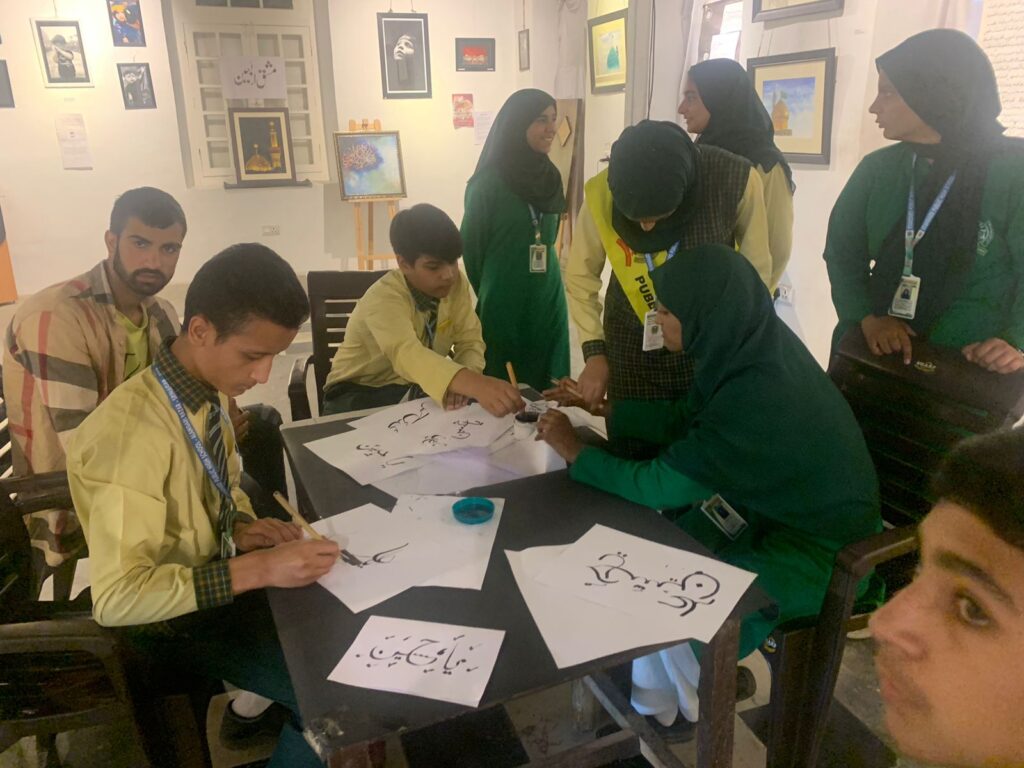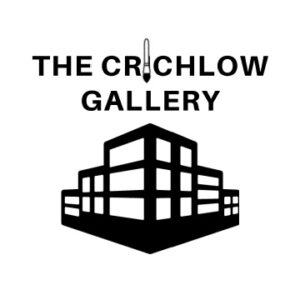Srinagar, September 20: From discussions on ‘mapping Azadari spaces in Muharram’ to artistic and calligraphic expressions, an annual art exhibition ‘Mashq e Arba’een – Dar’ke Azadari’ has highlighted multiple facets of Muharram in Kashmir valley.
The nine-day exhibition organised by the Educational Revival through Arts and Aesthetics (EdRAAK) concluded at the Mahatta Gallery here.
EdRAAK founder Iliyas Rizvi said besides the regular events, this year they held special discussion on mapping Azadari spaces during Muharram and there were academic research presentations as well.
“We had a presentation on ‘Ephemeral Spaces: Mapping Muharram Processions in Zadibal’ by the students of IUST’s School of Architecture. It is an interesting ongoing research project done under Nadia Ali, a faculty member, that tells us how the Srinagar city behaves during Muharram – how buildings and streets change their look through banners and how dressings of mourners change. Once completed, it will be a rare document for researchers of such a subject,” Rizvi told The Kashmir Monitor.
“We also had a presentation on photo documentation of architecture in shrines. Mubashir Mir, Senior Photography Archivist, presented the photo documentation of the shrine of Syed Hussain Al Rizvi Al Qumi, Zainageer, Sopore,” he added.
Rizvi, an oral historian and a student of craft at the Central University of Kashmir, said another highlight of the exhibition was a discussion on Kashmir valley’s distinct mourning rituals during Muharram.
“We conducted the special session on ‘Tahat Khwani’ that was moderated by writer Rashid Maqbool. Participants also came to know about the traditional ‘Marsiya Khwani’ in its original form that has no parallel across the globe. Also, children from different schools participated in different sessions of exhibition and expressed how they ‘visualise Karbala (the historical significance)’ through drawings and calligraphic expressions,” he said.
Formerly serving as a workshop dedicated to the development of photographs at Mahatta, the building situated on the banks of the Jhelum River has undergone a remarkable transformation over years. The structure has been repurposed into a versatile establishment encompassing an art gallery, a research center, a museum, a photo lab and a cafe.
This content was originally published here.



